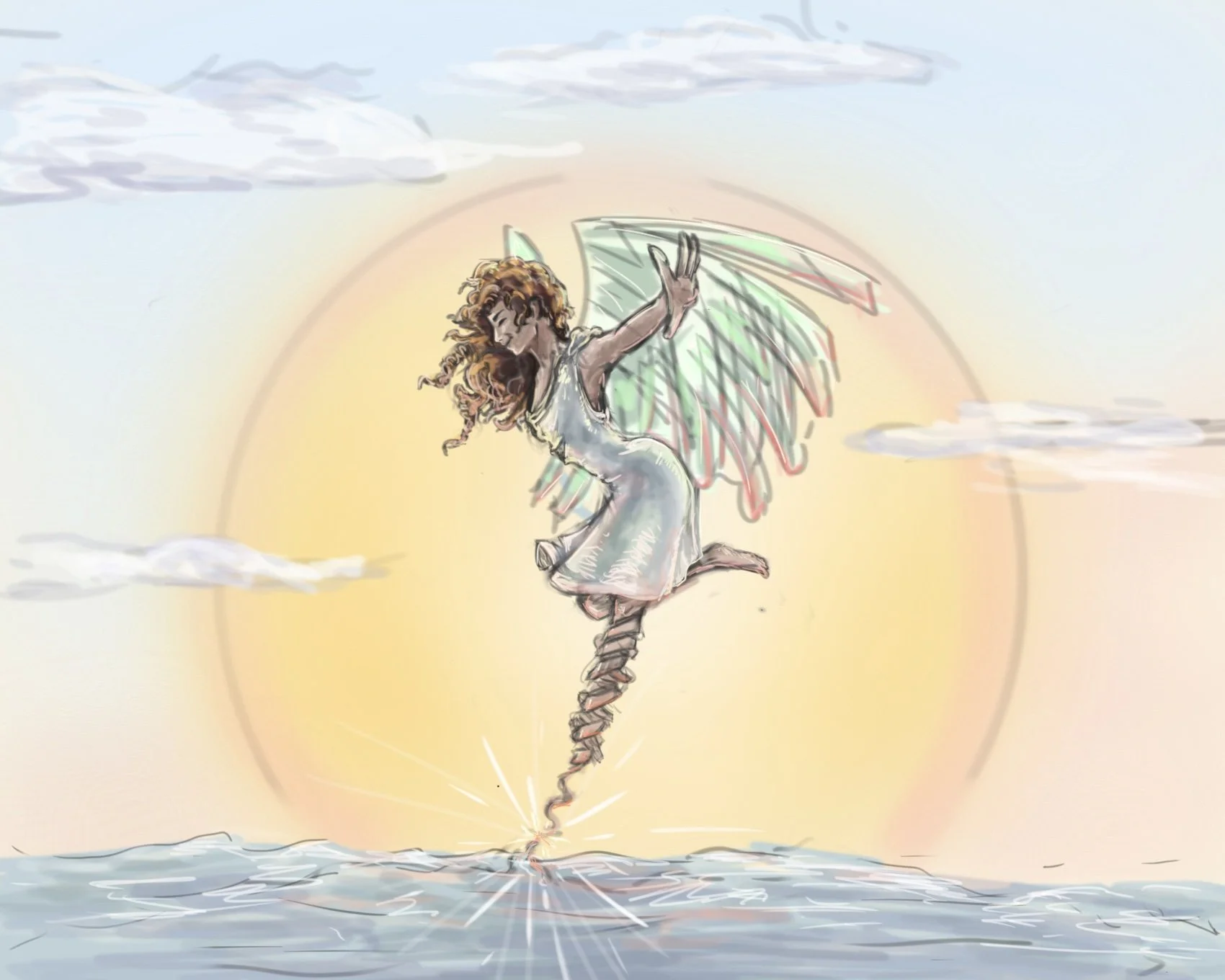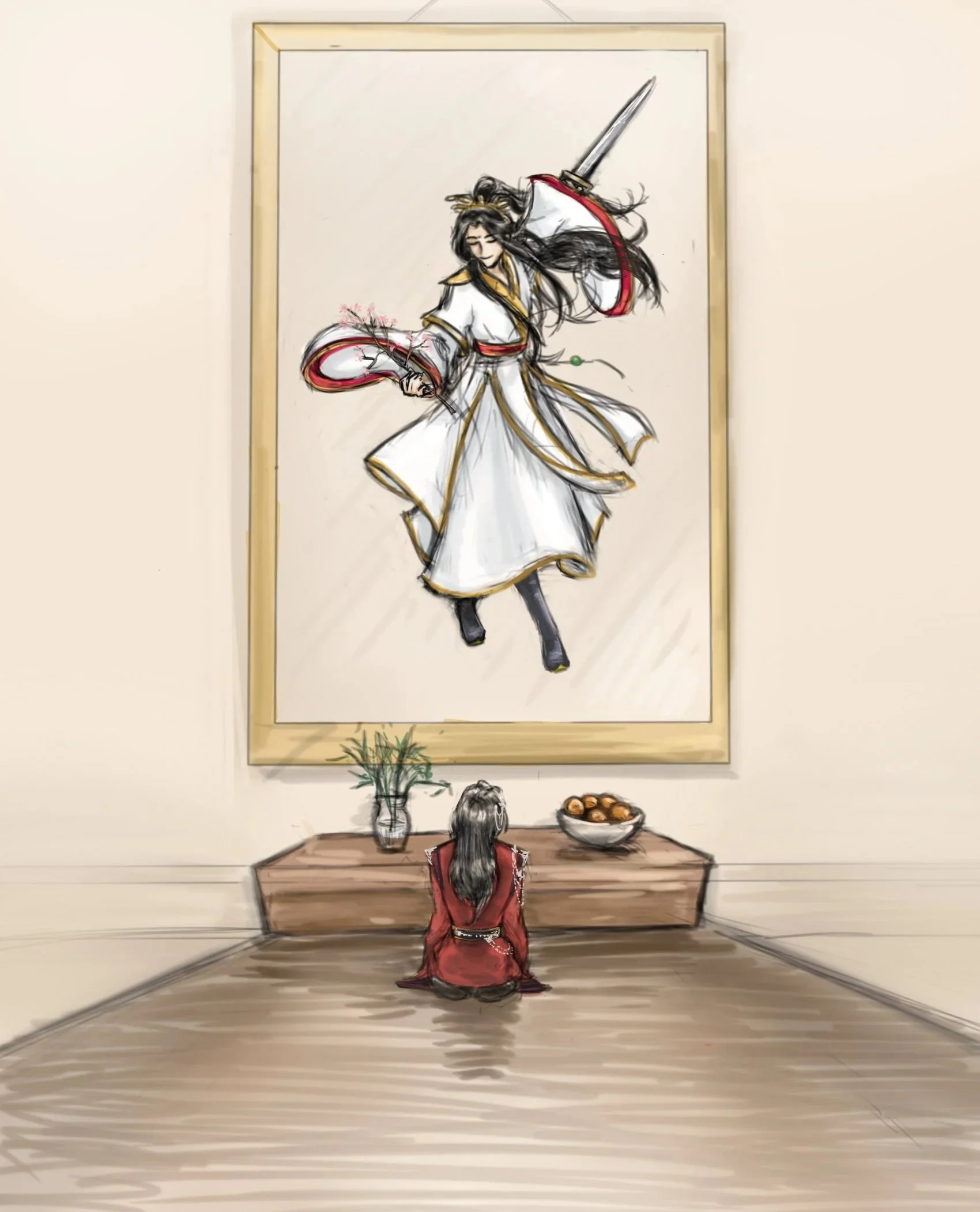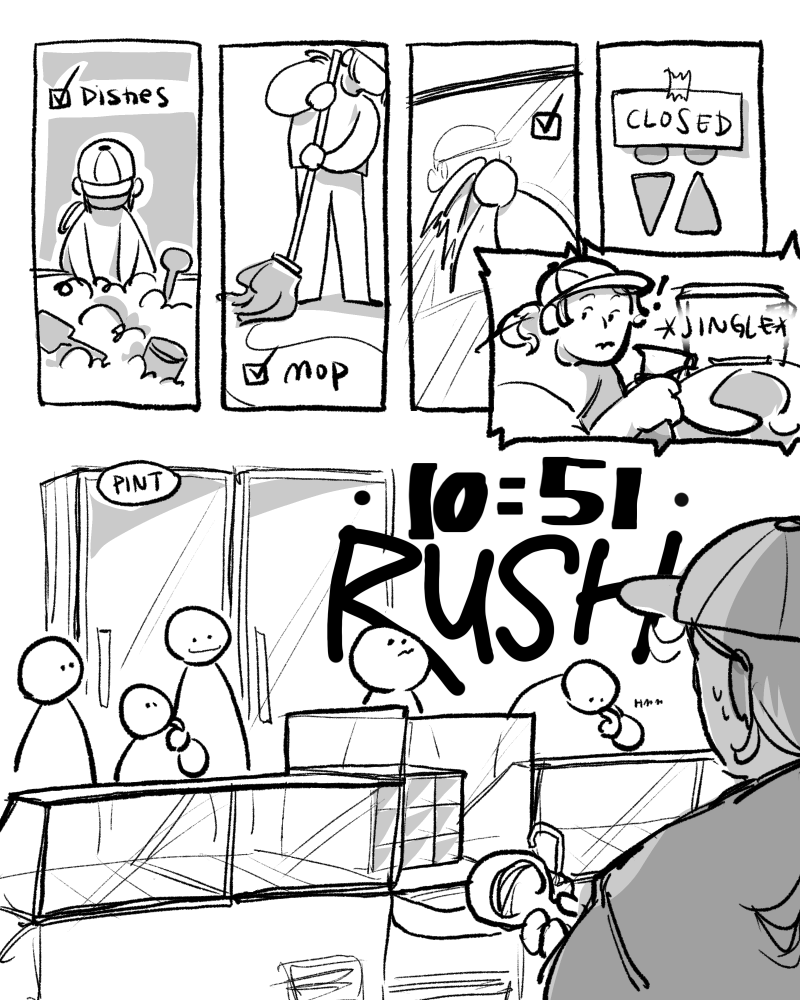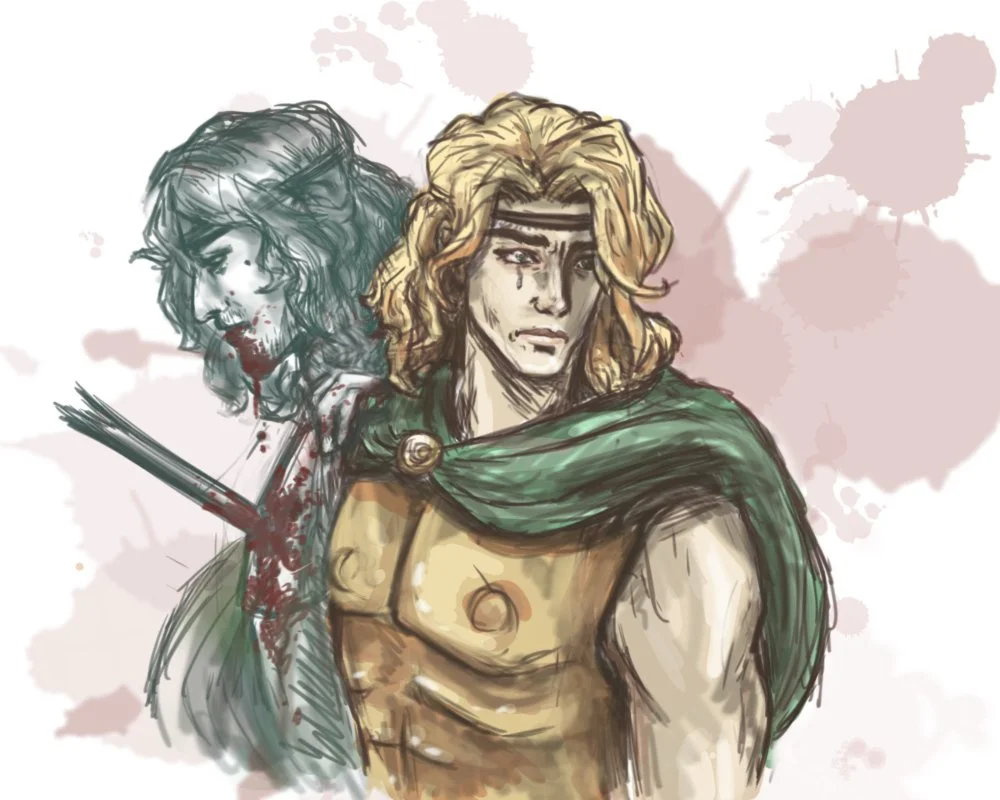
Michigan Arts News & Stories
Welcome to arts, ink., where our student artists & writers are given a forum to illuminate the Michigan student experience through art.

In this episode of U-M Creative Currents, host Mark Clague sits down with historian and professor Colin Gunckel from the University of Michigan's College of Literature, Science and the Arts. Gunckel is a faculty member in both the Program in American Culture and the Department of Film, Television, and Media (FTVM), where he also serves as department chair.
In this episode of U-M Creative Currents, host Mark Clague talks with Clare Croft, Faculty Director of Research & Creative Practice for the U-M Arts Initiative, and Anne Mondro, visual artist and professor at the Penny W. Stamps School of Art & Design.
In this episode of U-M Creative Currents, host Mark Clague interviews Anya Sirota, designer, professor, and Senior Associate Dean for Academic Initiatives at the Taubman College of Architecture and Urban Planning.






























